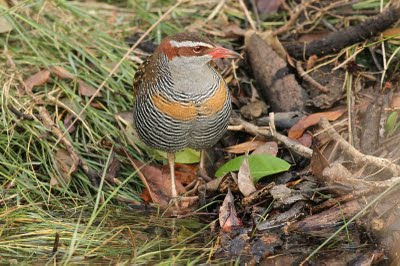Bush Stone-curlews, Magnetic Island

Magnetic Island is infested with Bush Stone-curlews! They're outside the super-market, walking the streets, begging for food at your alfresco dinner - there's one sitting next to me now. It's mesmerising!



The five or six gardens adjacent to the country club hosted about 50 Bush Stone-curlews. One driveway had 15 odd birds standing together.




































